Home>Garden Essentials>How Long Do Blueberries Take To Germinate
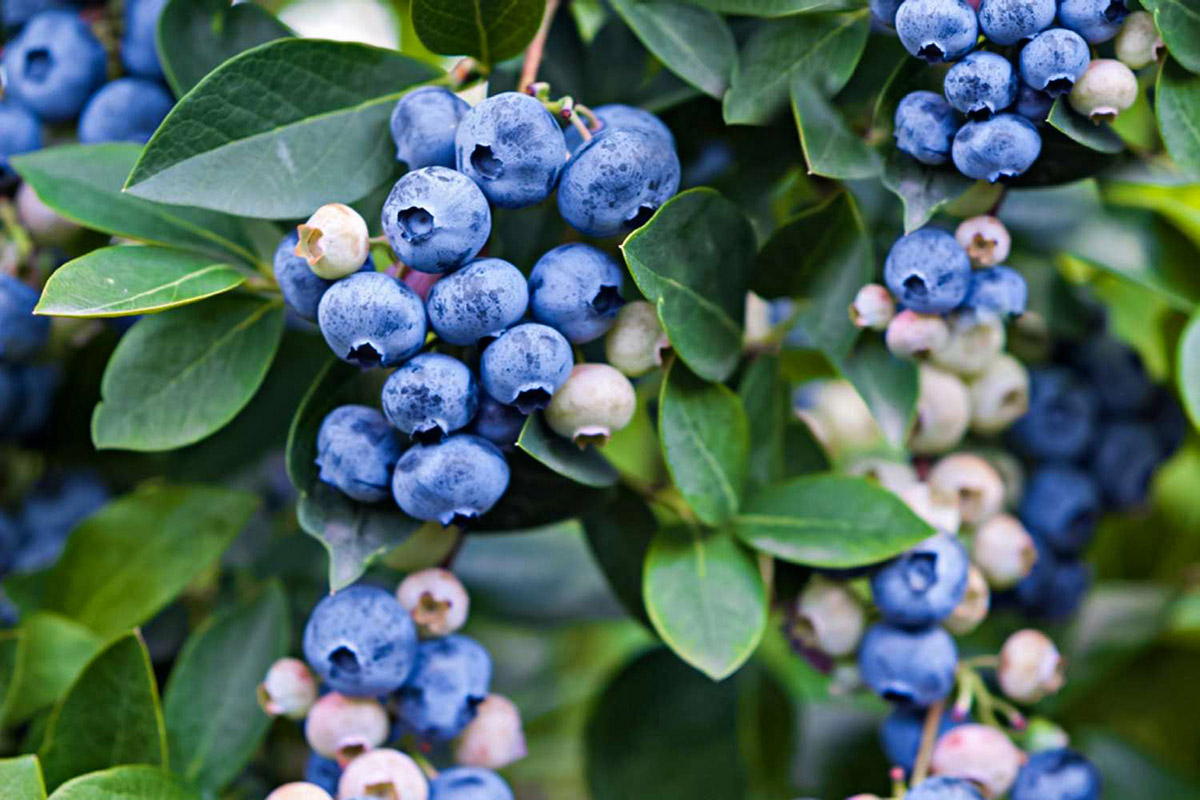

Garden Essentials
How Long Do Blueberries Take To Germinate
Modified: March 15, 2024
Find out how long it takes for blueberries to germinate in your garden and get ready to enjoy the sweet rewards of your hard work.
(Many of the links in this article redirect to a specific reviewed product. Your purchase of these products through affiliate links helps to generate commission for Storables.com, at no extra cost. Learn more)
Introduction
Welcome to the fascinating world of blueberry germination! If you’re an avid gardener or simply love the idea of growing your own delicious blueberries, understanding the germination process is key to getting started. Blueberries are native to North America and have gained popularity all around the world due to their sweet and tangy flavor, as well as their numerous health benefits. While blueberries are commonly propagated through cuttings or transplants, growing them from seeds can be a rewarding and fulfilling experience.
In this article, we will explore the factors that affect blueberry germination, provide tips for preparing and germinating blueberry seeds, discuss the ideal germination conditions, and address some common challenges that you may encounter along the way.
Before we dive into the details, it’s essential to note that germination is the process by which a seed sprouts and begins to grow into a new plant. This process relies on various factors, including seed quality, environmental conditions, and proper seed preparation. Understanding these factors will significantly increase your chances of successful blueberry seed germination.
Now, let’s delve deeper into the factors that affect blueberry germination.
Key Takeaways:
- Blueberry seeds take 4 to 8 weeks to germinate, but patience is key as it can take longer. Factors like temperature, moisture, and light play a critical role in the process.
- Proper seed preparation, including scarification and cold stratification, can significantly enhance the chances of successful blueberry seed germination. Remember to be patient and monitor the progress of your seeds.
Read more: How Long Do Petunias Take To Germinate
Factors Affecting Blueberry Germination
Blueberry germination is influenced by several key factors that play a crucial role in the success of seed sprouting. Understanding these factors will help you create the optimal conditions for germination and maximize the chances of successful growth. Let’s explore the main factors affecting blueberry germination.
- Seed Quality: The quality of the blueberry seeds you use significantly impacts germination success. It is important to select fresh, viable seeds from reputable sources. Look for plump, firm seeds that are not damaged or discolored. Older or poor-quality seeds may have a lower germination rate, reducing your chances of success.
- Temperature: Blueberries are typically grown in cooler climates, and temperature plays a vital role in their germination process. Blueberry seeds prefer a cool to moderate temperature range of 60 to 70 degrees Fahrenheit (15 to 21 degrees Celsius) for optimal germination. Consistently high temperatures can inhibit germination, while extreme cold can also negatively impact seed viability.
- Moisture: Adequate moisture is essential for seed germination. Blueberry seeds require a moist growing medium to initiate the germination process. However, it’s crucial to strike the right balance. Excessive moisture can lead to rot and fungal diseases, while insufficient moisture can delay or inhibit germination. It’s recommended to keep the growing medium consistently moist but not waterlogged.
- Light: Light requirements for blueberry germination are relatively low. Blueberry seeds do not require direct sunlight to sprout but can benefit from indirect light or a bright location. Too much direct sunlight can actually inhibit germination. Therefore, it’s best to provide a well-lit but partially shaded environment for blueberry seeds.
- Soil pH: Blueberries thrive in acidic soil conditions, preferably with a pH range of 4.5 to 5.5. This low pH is necessary for optimal nutrient uptake and healthy plant growth. When preparing your growing medium, it’s essential to ensure it is acidic enough to support blueberry germination and subsequent growth. You can achieve this by using a commercial acidic potting mix or incorporating organic matter such as peat moss or pine needles.
By taking these factors into consideration and adjusting your germination approach accordingly, you can set the stage for successful blueberry seed germination. In the next section, we will discuss the preparation steps you can take to optimize seed viability and germination success.
Seed Preparation
Proper seed preparation is an essential step in maximizing the germination success of blueberry seeds. The following tips will help ensure that your seeds are in the best possible condition for sprouting.
- Seed Scarification: Blueberry seeds have a tough outer coat that can inhibit water absorption and delay germination. To overcome this, you can scarify the seeds to help them absorb water more efficiently. One method of scarification is to lightly rub the seeds with sandpaper or a nail file, creating small scratches on the seed coat. Another method is to soak the seeds in warm water overnight before planting. These techniques help to break through the seed coat and encourage faster and more uniform germination.
- Cold Stratification: Some blueberry varieties benefit from a period of cold stratification, which simulates the natural winter dormancy period. Cold stratification can help break seed dormancy and promote germination. To cold stratify blueberry seeds, place them in a moist medium, such as a damp paper towel or vermiculite, and refrigerate them for 4 to 6 weeks. This chilling period mimics the winter conditions and prepares the seeds for germination when exposed to warmer temperatures.
- Pre-soaking: Before planting, you can also pre-soak the blueberry seeds in water for a few hours or overnight. This softens the seed coat, making it easier for water to penetrate and initiate germination. Some gardeners also add a small amount of hydrogen peroxide to the soaking water to help prevent fungal diseases.
- Germination Test: If you’re unsure about the viability of your blueberry seeds, you can perform a germination test before planting them all. Take a few seeds and place them between damp paper towels or in a germination tray. Keep them in a warm and moist environment and check for seed sprouting after a couple of weeks. This test will give you an idea of the germination rate and help you determine the seed’s viability.
- Proper Storage: To maintain seed viability, it’s important to store blueberry seeds properly. Keep them in a cool, dry, and dark place, such as an airtight container or a resealable bag. Storing them in the refrigerator can help prolong their viability.
By following these seed preparation techniques, you can significantly enhance the chances of successful germination. In the next section, we’ll discuss the typical timeframe for blueberry seed germination.
Germination Timeframe
When germinating blueberry seeds, it’s important to have realistic expectations regarding the timeframe for germination. Blueberry seeds are not known for their quick sprouting, and patience is key. On average, blueberry seeds can take anywhere from 4 to 8 weeks to germinate, but it’s not uncommon for the process to take longer.
The germination timeframe can be influenced by various factors, including the blueberry variety, seed quality, environmental conditions, and seed preparation methods. Some blueberry varieties have naturally longer germination periods than others, so it’s essential to research the specific variety you are working with to get an idea of what to expect.
Factors such as temperature, moisture, and light also play a critical role in determining the germination timeframe. Providing consistent moisture and maintaining optimal temperature conditions within the recommended range can help expedite the germination process. However, it’s essential to avoid overwatering or excessively high temperatures, as these can hinder germination rather than speed it up.
It’s important to note that not all seeds will germinate simultaneously. Germination can be a staggered process, with some seeds sprouting earlier and others taking longer. This is why it’s recommended to plant more seeds than you actually need to account for potential variations in germination rates.
During the germination period, it’s crucial to regularly check the moisture levels of the growing medium and provide a suitable environment for seed sprouting. Be patient, and continue to monitor and care for the seeds until they begin to sprout. Once the seedlings emerge, you can transplant them into individual containers or a prepared garden bed, providing the necessary care and attention as they continue to grow.
Remember, germination is just the first step in the journey of growing blueberries from seeds. It may take several months or even years for the seedlings to reach maturity and produce fruit. But with dedication and proper care, you can enjoy the satisfaction of growing blueberry plants from seeds.
In the next section, we’ll discuss the ideal conditions for germinating blueberry seeds.
Blueberries can take 3-4 weeks to germinate. Keep the soil consistently moist and provide warmth for best results.
Ideal Germination Conditions
The success of blueberry seed germination largely depends on providing the ideal conditions for the seeds to sprout and grow. While blueberries can be somewhat finicky when it comes to germination, following these guidelines will help create the optimal environment for your seeds.
Temperature: Blueberry seeds prefer cool to moderate temperatures for successful germination. Aim for a temperature range of 60 to 70 degrees Fahrenheit (15 to 21 degrees Celsius) to provide the best conditions. You can maintain a consistent temperature by placing your seeds in a controlled environment, such as a greenhouse or a warm area of your home.
Moisture: Adequate moisture is essential for blueberry seed germination. Make sure the growing medium, whether it’s a seed-starting mix or a homemade mixture, is consistently moist but not waterlogged. Avoid letting the soil dry out completely, as this can hinder germination. Mist the soil surface gently with water as needed to maintain moisture levels.
Light: While blueberry seeds do not require direct sunlight to germinate, they benefit from indirect light or a well-lit location. Place your seed containers near a window that receives bright, filtered sunlight or use fluorescent grow lights to provide adequate illumination. Just be sure to avoid exposing the seeds to intense, direct sunlight, as this can inhibit germination.
Growing Medium: Blueberries prefer acidic soil conditions with a pH range of 4.5 to 5.5. Prepare a well-draining and acidic seed-starting mix by combining peat moss, vermiculite, and perlite. This mixture will ensure proper moisture retention and provide the optimal pH level for blueberry germination.
Air Circulation: Proper air circulation is essential for preventing fungal diseases and encouraging healthy seedling growth. Place a small fan near your seeds to promote air movement, or ensure that the germination area has good ventilation. However, avoid placing the seeds in a drafty location, as this can lead to temperature fluctuations.
Patience and Monitoring: Remember to be patient during the germination process, as blueberry seeds can take several weeks to sprout. Keep a close eye on the moisture levels, temperature, and overall health of the seeds. Monitor for any signs of germination, such as the emergence of seedlings. Adjust the growing conditions as needed to provide the best environment for sprouting.
By creating the ideal germination conditions for blueberry seeds, you can enhance the chances of successful sprouting. In the next section, we’ll share some useful tips to help you navigate the process of germinating blueberry seeds.
Read more: How Long Do Microgreens Take To Germinate
Tips for Germinating Blueberry Seeds
Germinating blueberry seeds can be a rewarding but delicate process. To increase your chances of successful germination, consider the following tips:
- Choose fresh and viable seeds: Select high-quality blueberry seeds from a reputable source. Look for plump, firm seeds that are not damaged or discolored. Fresh seeds generally have a higher germination rate.
- Follow proper seed preparation techniques: Scarify the seed coat by lightly rubbing the seeds with sandpaper or soaking them in warm water. This helps break through the hard coat and promotes water absorption.
- Cold stratify when necessary: Some blueberry varieties benefit from a period of cold stratification to break seed dormancy. Place the seeds in a moist medium and refrigerate them for 4 to 6 weeks before sowing.
- Use a well-draining and acidic growing medium: Prepare a seed-starting mix with a pH of 4.5 to 5.5. A mixture of peat moss, vermiculite, and perlite provides good moisture retention and the ideal pH level for blueberry germination.
- Keep the growing medium consistently moist: Blueberry seeds require a moist environment to initiate germination. Water the soil when it starts to dry out, but be cautious not to overwater and create waterlogged conditions.
- Provide bright, indirect light: Place your containers near a window that receives filtered sunlight or use fluorescent grow lights. Avoid exposing the seeds to intense, direct sunlight, as it can hinder germination.
- Ensure proper air circulation: Use a small fan or provide good ventilation to prevent fungal diseases and promote healthy seedling growth. Avoid drafty locations that can cause temperature fluctuations.
- Be patient and monitor progress: Blueberry seeds can take several weeks to sprout, so be patient and avoid disturbing the seeds unnecessarily. Monitor the moisture levels, temperature, and overall health of the seeds throughout the germination process.
- Plant more seeds than needed: Blueberry germination rates can vary. Increase your chances of success by planting more seeds than you actually need, accounting for potential variations in germination rates.
- Label and track your seeds: It’s important to keep track of the variety and germination progress of your blueberry seeds. Label your containers and maintain a record to better understand the characteristics and success rates of different seeds.
By following these tips, you will give your blueberry seeds the best possible chance to germinate successfully. Remember to provide the ideal conditions, be patient, and monitor the progress of your seeds. Seeing those tiny sprouts emerge is a rewarding experience that marks the beginning of your blueberry-growing journey.
In the next section, we’ll address some common challenges you may encounter when germinating blueberry seeds and provide solutions to overcome them.
Common Challenges in Blueberry Germination
While germinating blueberry seeds can be an exciting process, it is not without its challenges. Understanding and being prepared for these common challenges will help you navigate any obstacles that may arise during the germination process. Let’s explore some of these challenges and their potential solutions:
- Low germination rate: Blueberry seeds can have varying germination rates, with some seeds sprouting faster than others. To increase your chances of success, plant more seeds than you actually need. This will compensate for any seeds that do not germinate and ensure a sufficient number of seedlings for transplantation.
- Slow germination: Blueberry seeds are not known for their quick sprouting. They can take several weeks or even months to germinate. Be patient and maintain the optimal germination conditions throughout this period. Monitor the moisture levels, temperature, and light exposure to provide the best environment for seedling development.
- Poor seed quality: Using low-quality or old seeds can significantly impact germination success. It is crucial to acquire fresh, viable blueberry seeds from reputable sources. Look for seeds that are plump, firm, and free from damage or discoloration. Consider performing a germination test using a small sample of seeds to determine their viability before planting them all.
- Fungal diseases: Excessive moisture and poor air circulation can lead to fungal diseases such as damping-off, which can affect the germinating seeds. To prevent fungal issues, ensure proper drainage, avoid overwatering, and provide adequate air circulation. If necessary, apply a fungicide according to the product’s instructions to control fungal growth.
- Poor soil conditions: Blueberries thrive in acidic soil with a pH range of 4.5 to 5.5. If the soil pH is too high, it can inhibit germination and affect seedling growth. Test the pH of your soil or growing medium and adjust it as needed using organic amendments such as peat moss or sulfur. This will create the ideal acidic conditions for blueberry germination.
- Seed dormancy: Some blueberry varieties have a natural dormancy period, which can delay or inhibit germination. To overcome dormancy, you can scarify the seed coat, perform cold stratification, or pre-soak the seeds in warm water. These techniques help break seed dormancy and promote faster and more uniform germination.
- Inadequate light: Although blueberry seeds do not require direct sunlight to germinate, they need some level of light for optimal growth. Insufficient light can result in weak and spindly seedlings. Ensure your seeds receive indirect light or supplemental grow lights to provide the necessary illumination for seedling development.
- Environmental factors: Environmental conditions such as extreme temperatures or fluctuations can hinder germination. Maintain a consistent temperature within the recommended range, avoid placing your seeds in drafty locations, and protect them from extreme heat or cold. Creating a stable and suitable environment for germination is vital for success.
By being aware of these common challenges and implementing the appropriate solutions, you can overcome obstacles and increase your chances of successful blueberry seed germination. Remember, each challenge provides an opportunity for learning and refining your germination techniques.
In the final section, we’ll conclude our discussion and summarize the key points to remember when germinating blueberry seeds.
Conclusion
Germinating blueberry seeds can be a gratifying and fulfilling experience for gardeners and blueberry enthusiasts. By understanding the factors that impact germination, following proper seed preparation techniques, and providing the ideal growing conditions, you can increase your chances of successful blueberry seed germination.
Factors such as seed quality, temperature, moisture, light, and soil pH all play crucial roles in the germination process. Selecting fresh and viable seeds, scarifying the seed coat, cold stratification when necessary, and maintaining consistent moisture levels and acidity in the growing medium are essential steps in preparing blueberry seeds for germination.
It’s important to note that blueberry seeds can take several weeks or even months to germinate, so patience is key. Creating the ideal germination conditions, including the right temperature, bright yet indirect light, proper air circulation, and consistent monitoring, will support and nurture the seeds’ growth.
Throughout the germination process, it is common to encounter challenges such as low germination rates, slow germination, fungal diseases, poor soil conditions, seed dormancy, inadequate light, and environmental factors. However, with perseverance and the proper solutions, such as planting extra seeds, adjusting growing conditions, addressing soil pH, providing adequate light, and safeguarding against fungal diseases, you can overcome these obstacles.
Remember that germination is only the beginning of the journey of growing blueberries from seeds. It may take months or even years for the seedlings to reach maturity and produce fruit. Be patient, continue to care for your plants with proper watering, fertilization, and maintenance, and enjoy the rewarding experience of seeing your blueberries thrive.
Now that you have a comprehensive understanding of blueberry germination, you can embark on your own blueberry growing adventure. Start with high-quality seeds, apply the proper seed preparation techniques, create an ideal germination environment, and adapt to any challenges that may arise along the way. With time, dedication, and a little bit of luck, you’ll be rewarded with healthy blueberry plants and bountiful harvests for years to come.
Frequently Asked Questions about How Long Do Blueberries Take To Germinate
Was this page helpful?
At Storables.com, we guarantee accurate and reliable information. Our content, validated by Expert Board Contributors, is crafted following stringent Editorial Policies. We're committed to providing you with well-researched, expert-backed insights for all your informational needs.
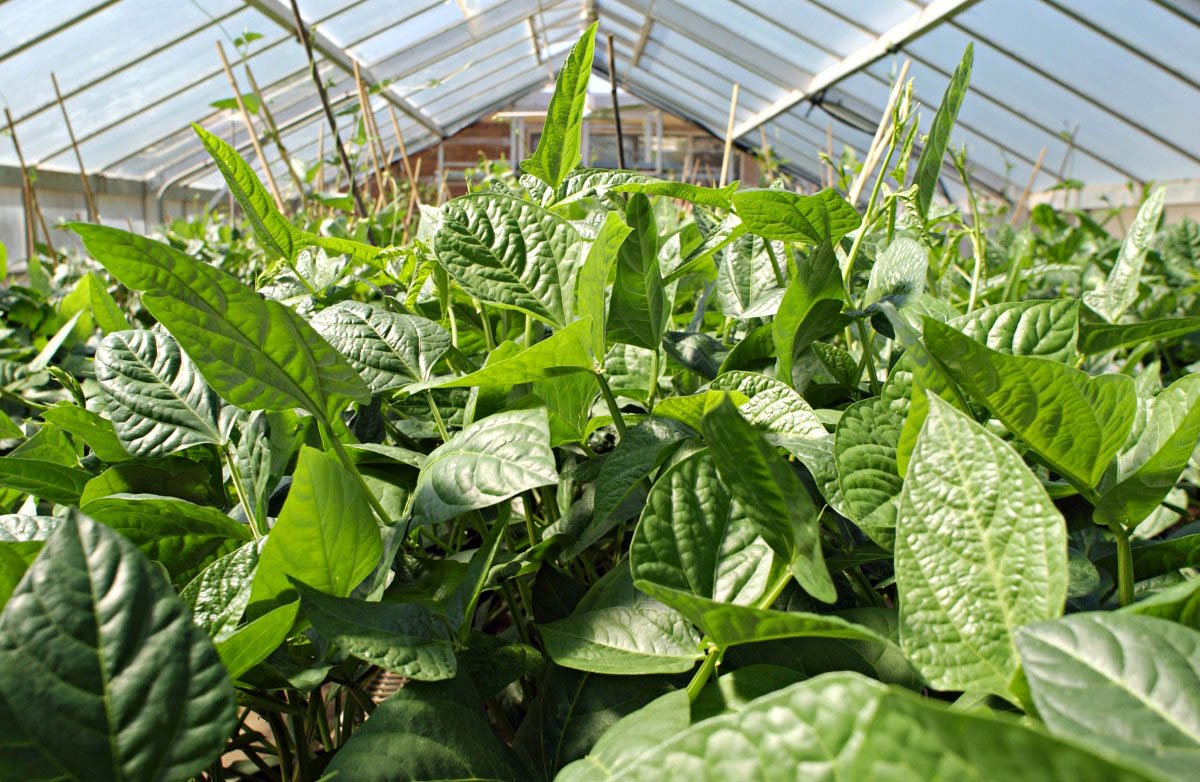
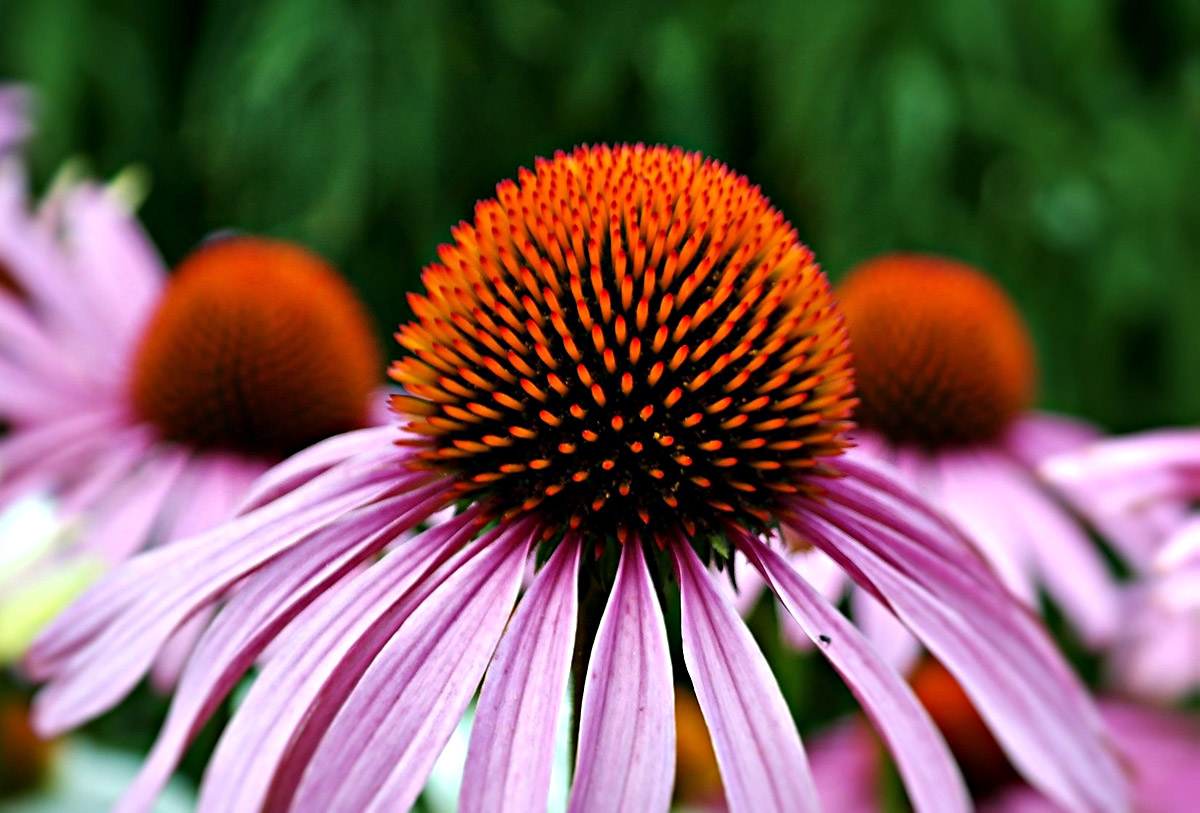
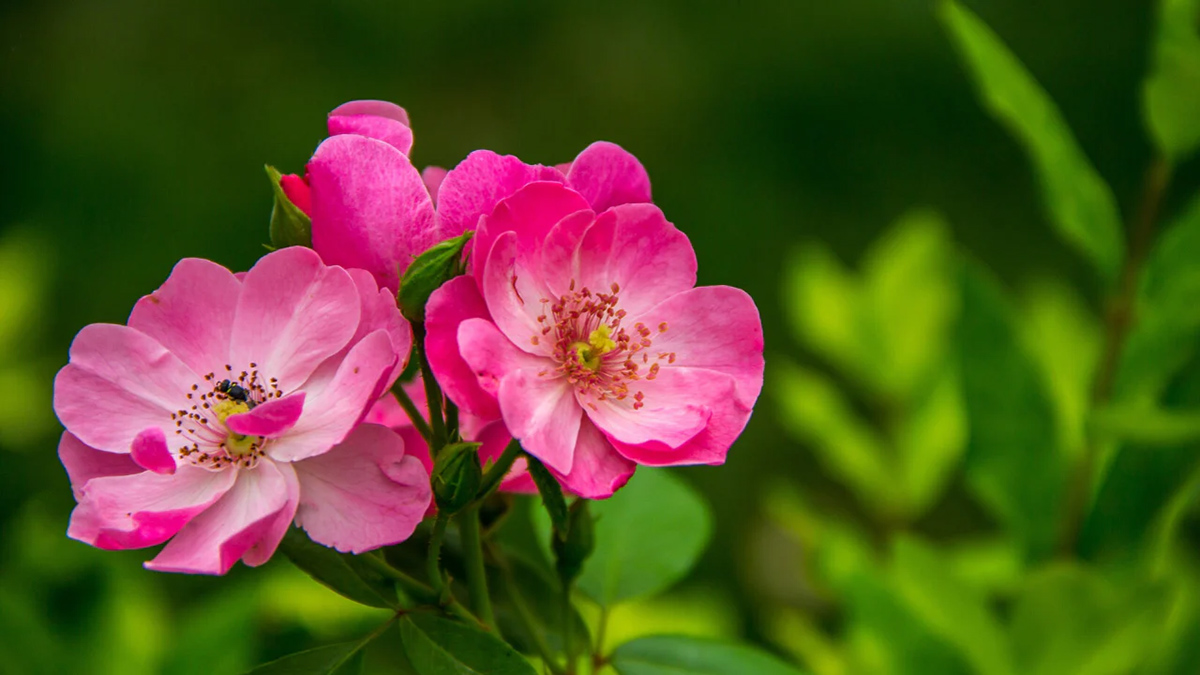
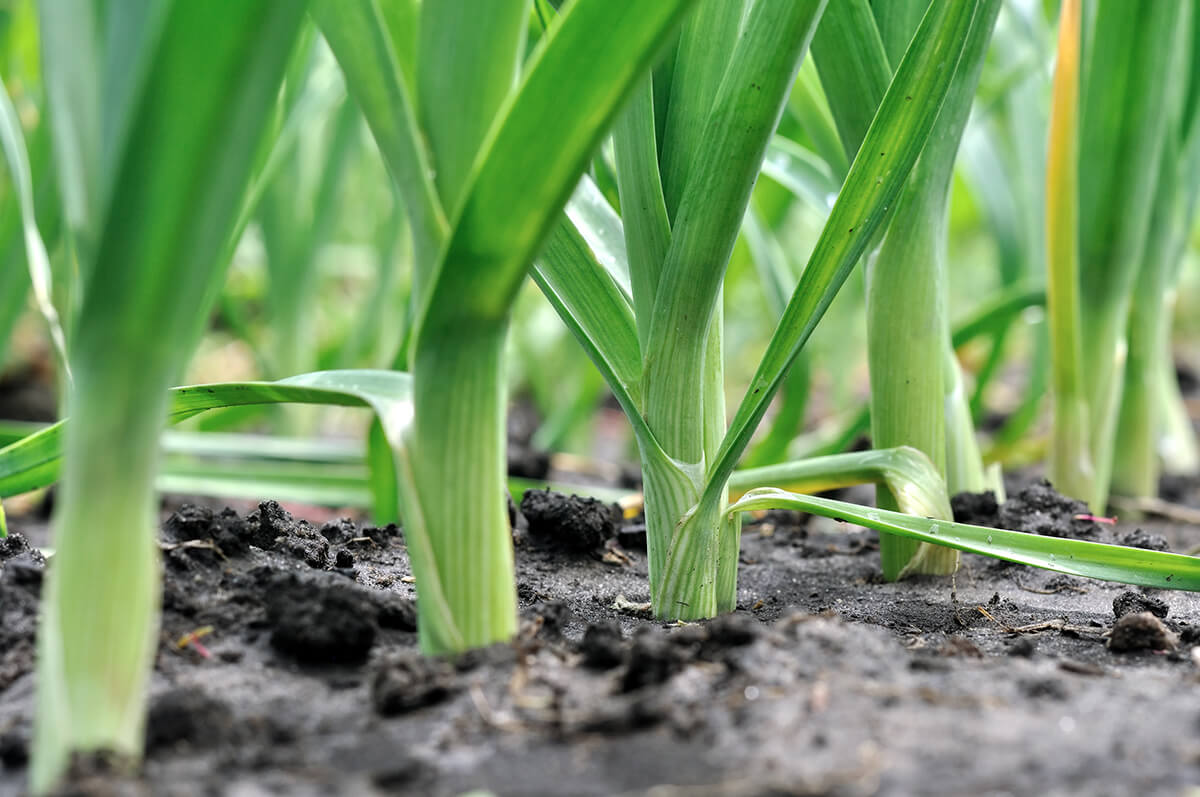

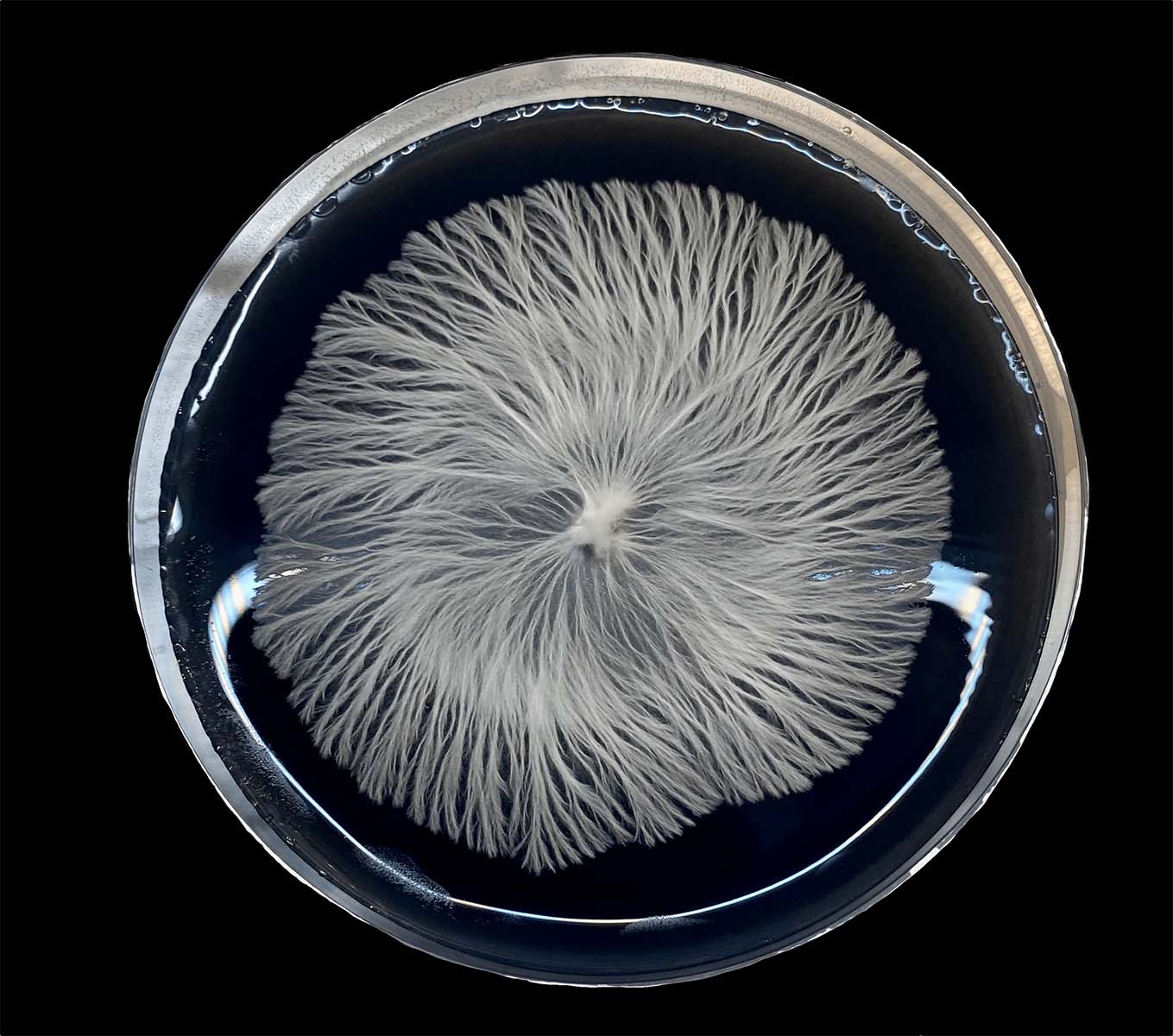
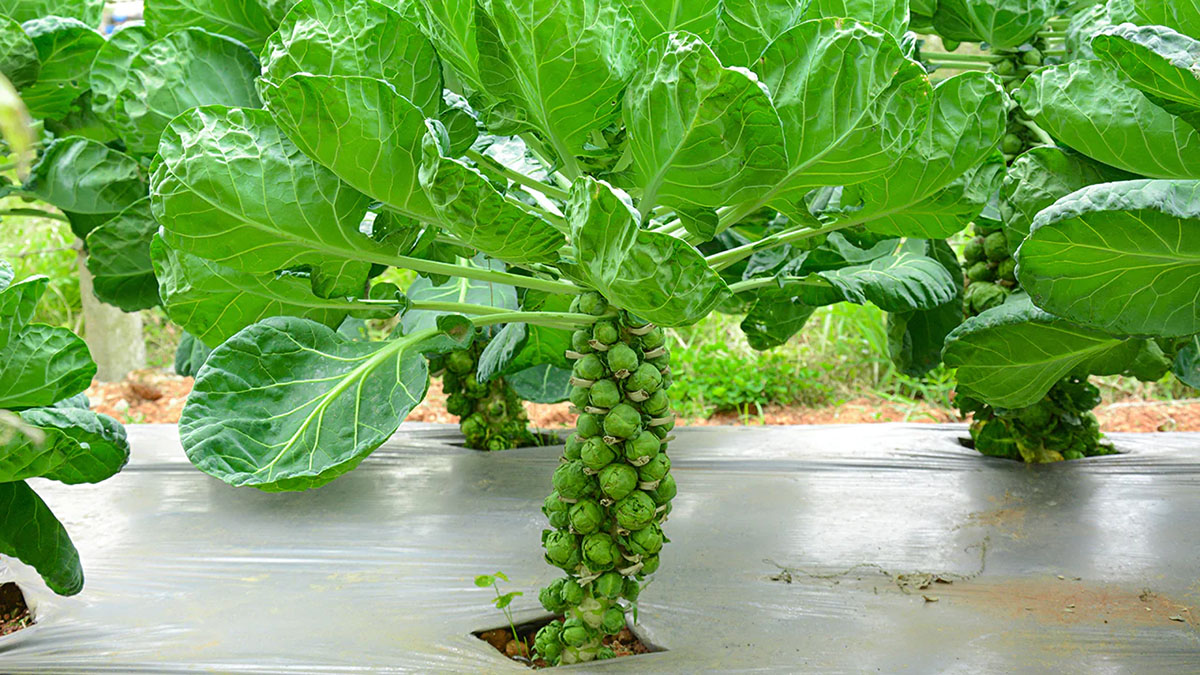
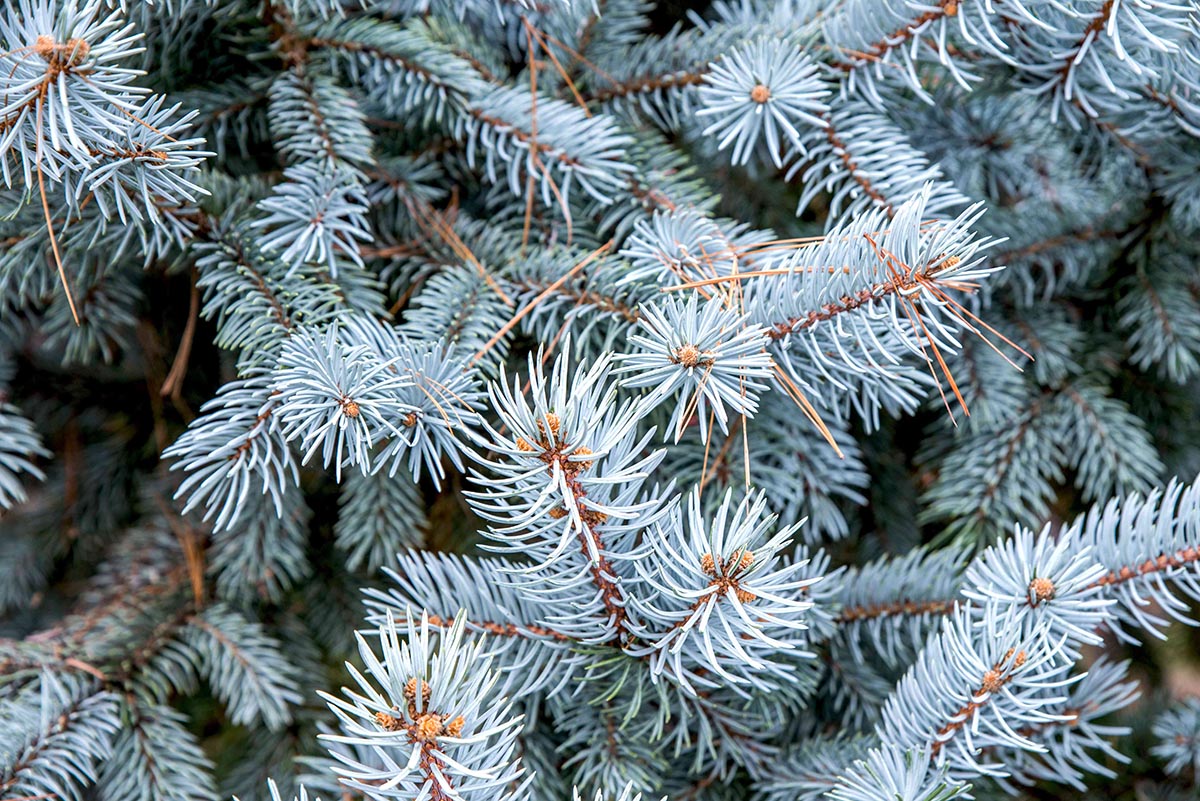

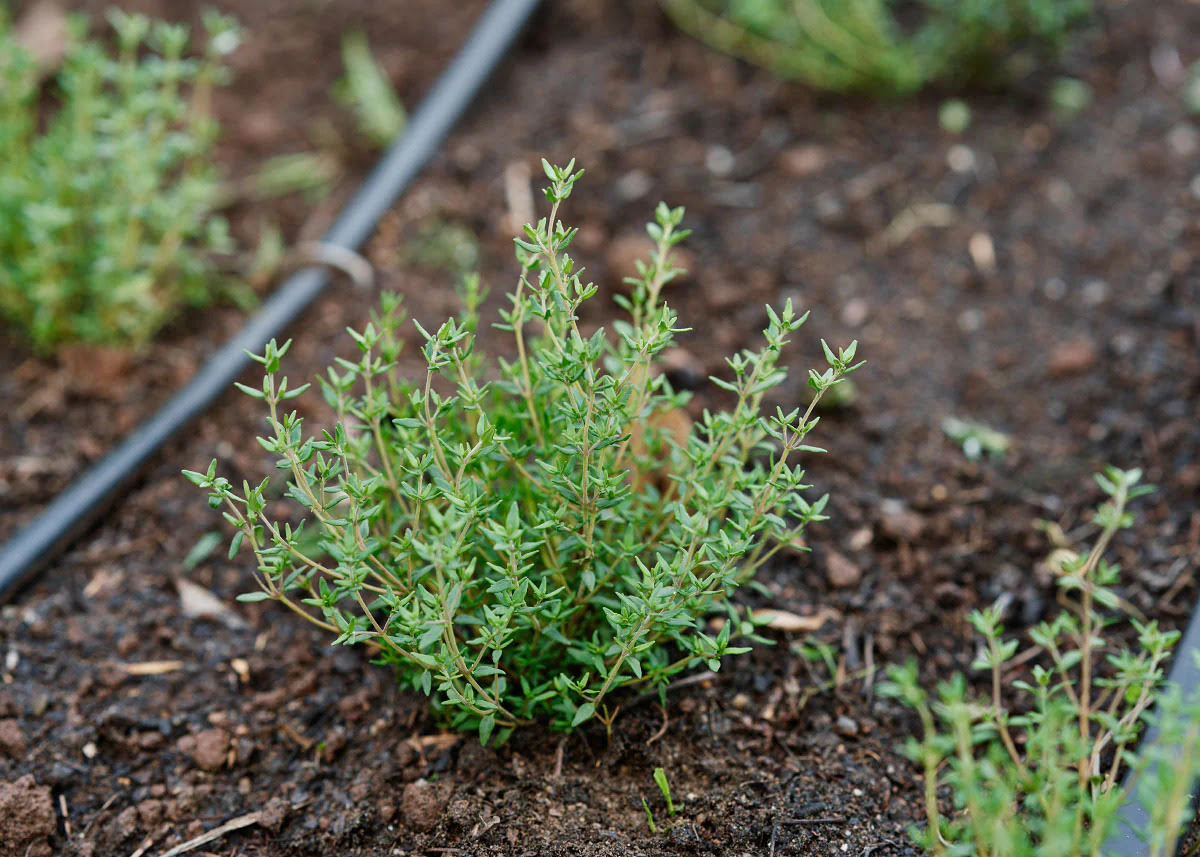
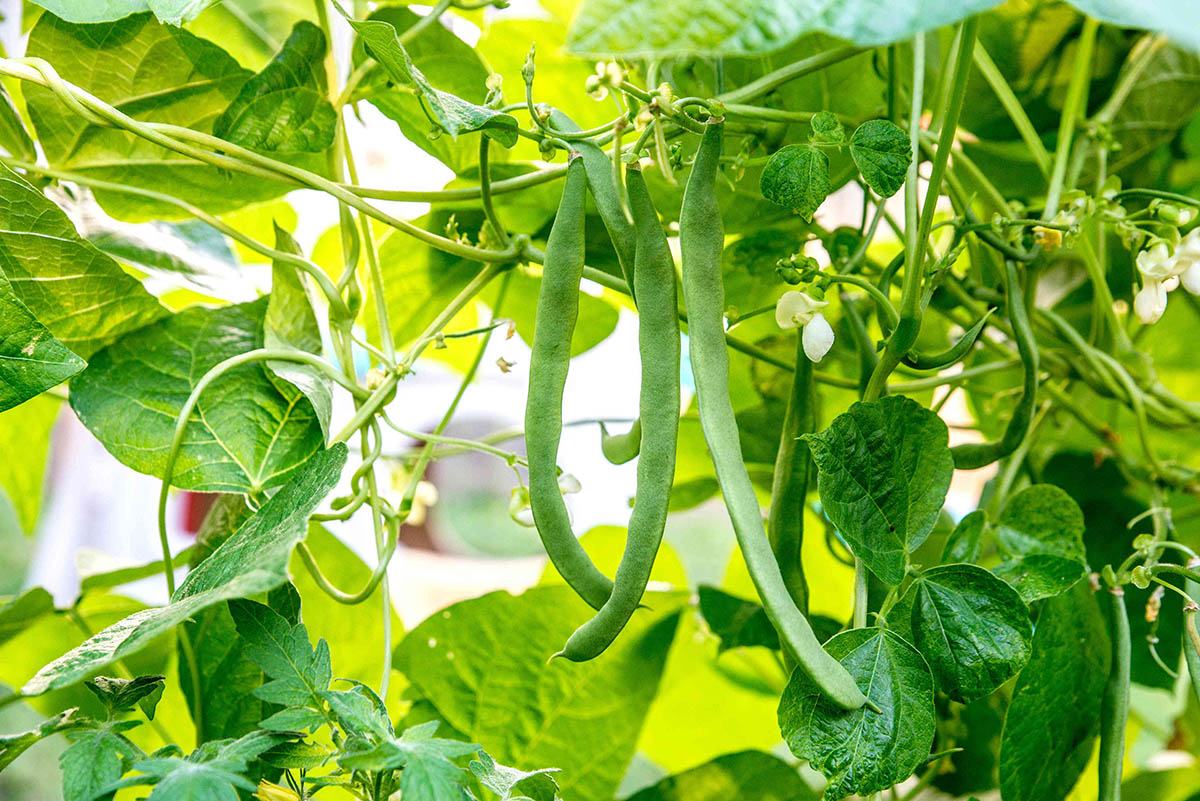
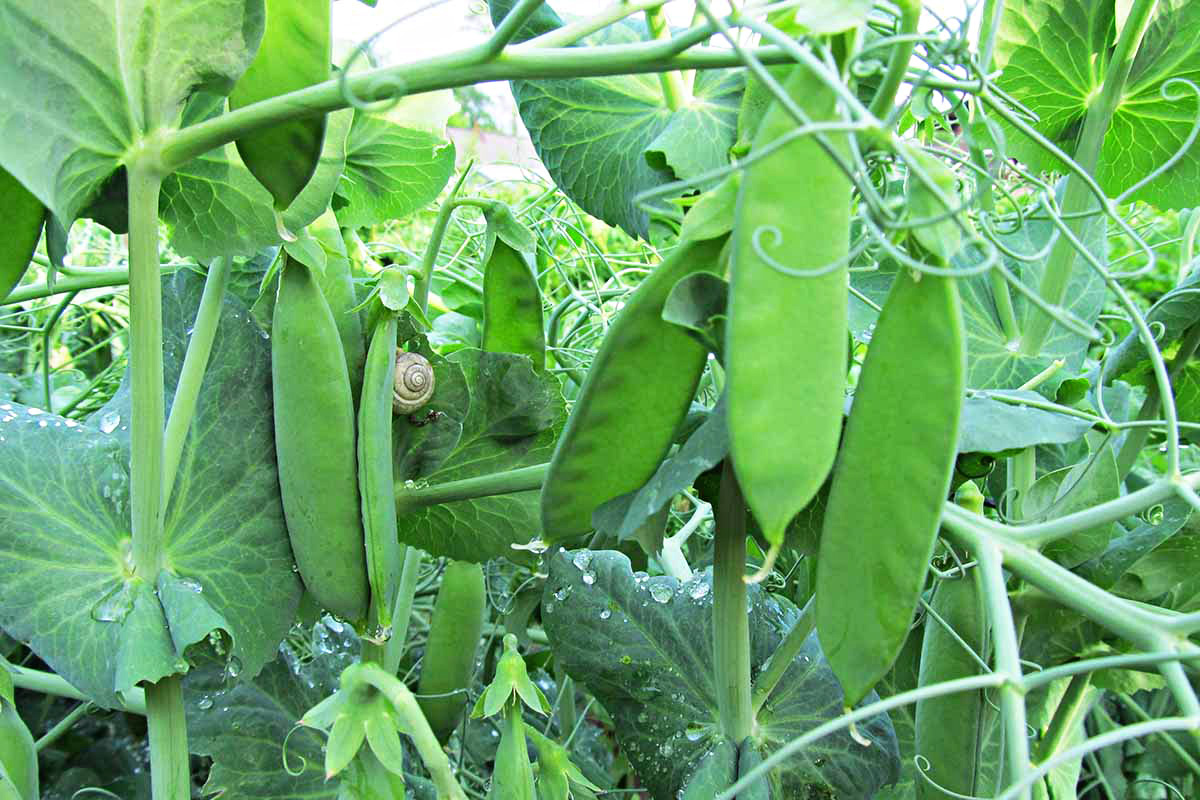
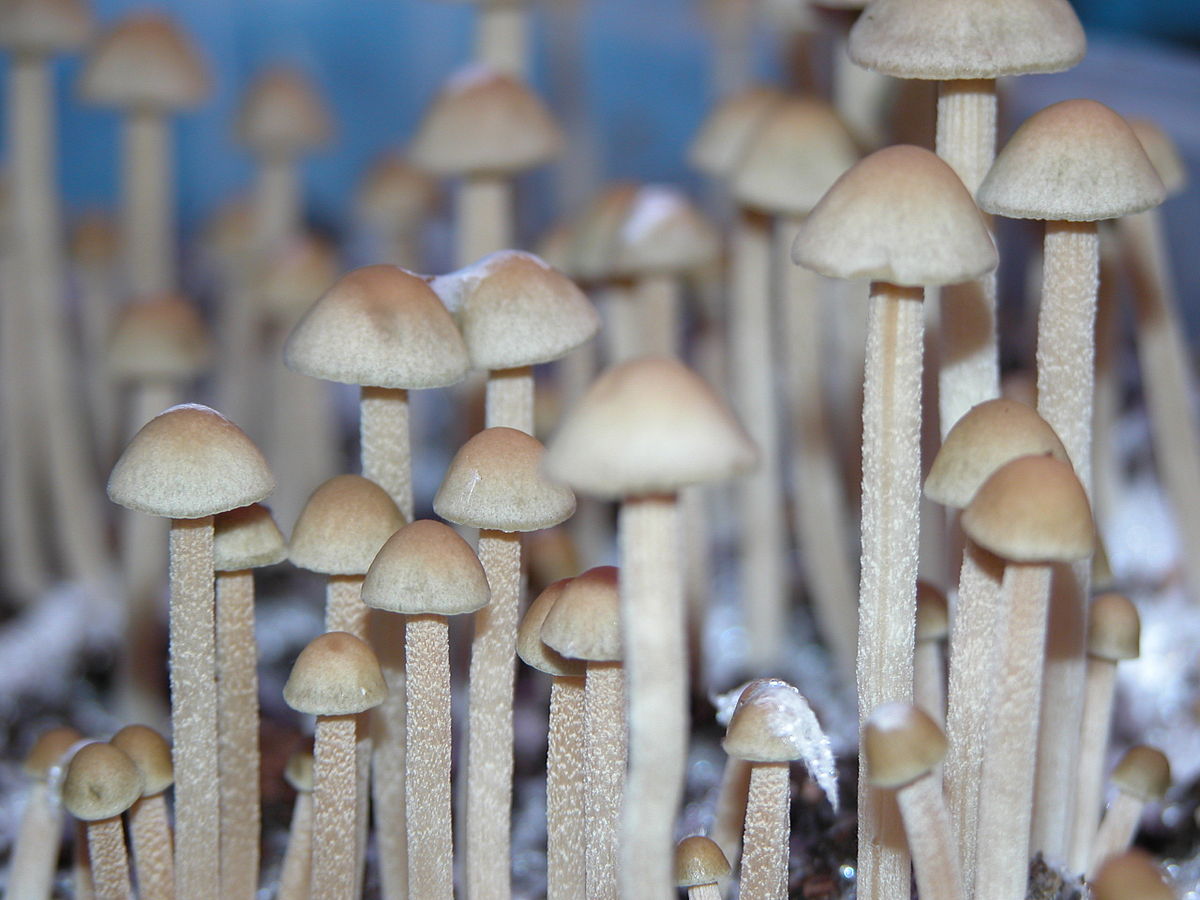
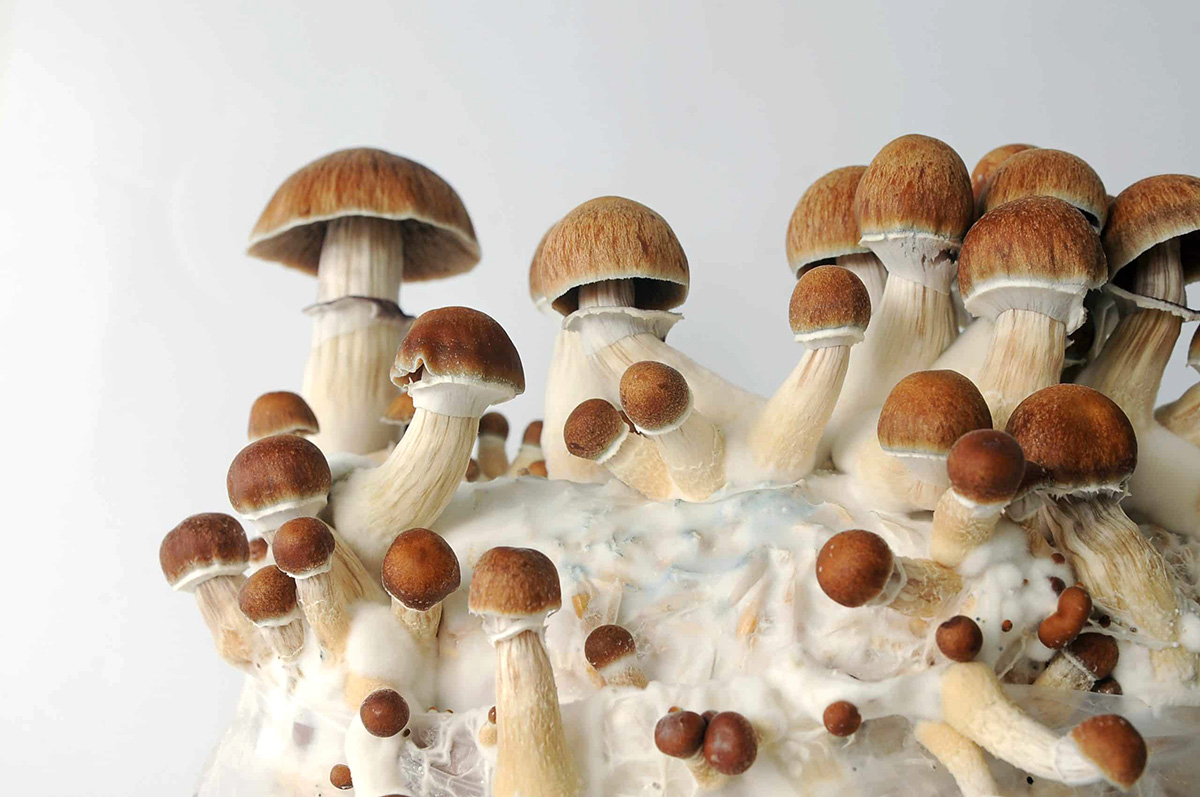

0 thoughts on “How Long Do Blueberries Take To Germinate”